CREOSOTE
- CAS NO.:8001-58-9
- Molecular Weight: 0
- MDL number: MFCD00146582
- EINECS: 232-287-5
- Update Date: 2025-12-10 11:56:18
What is CREOSOTE?
Chemical properties
Creosote is an oily liquid with a burning taste,obtained by distilling coal and woodtar, used as an antiseptic and wood preservative. Creosote oil is a yellow-to-green oily liquid that boils between 240 and 270 °C, is immiscible with water and soluble in alcohol,and is derived by the fractional distillation of coal tar, used as a wood preservative, fungicide and disinfectant. Also, coal-tar creosote.
Chemical properties
The term “coal tar products,” as used by NIOSH, includes coal tar and two of the fractionation products of coal tar, creosote and coal tar pitch, derived from the carbonization of bituminous coal. Coal tar, coal tar pitch, and creosote (coal tar creosote 8001-58-9) derived from bituminous coal often contain identifiable components which by themselves are carcinogenic, such as benzo(a) pyrene, benzanthracene, chrysene, and phenanthrene. Other chemicals from coal tar products, such as anthracene, carbazole, fluoranthene, and pyrene may also cause cancer,but these causal relationships have not been adequately documented. Also, the research chemical methylcholanthrene (CAS: 56-49-5), a powerful carcinogen, fits this category. Coal tar pitch is a black viscous liquid. Aromatic solvent odor. Boiling point =>260°C; specific gravity (H2O:1) = 1.07-108; freezing/melting point = 250-°180C;flash point = 207°C (coal tar pitch); 74C (creosote oil);autoignition temperature =>510°C. Insoluble in water.Coal tar creosote (8001-58-9, crosote) is an black oily,tar-like substance. Pungent odor
The Uses of CREOSOTE
Wood preservative, disinfectant, insecticide.
Definition
The distillate of coal tar produced by the high temperature carbonization of bituminous coal. It consists primarily of aromatic hydrocarbons, tar acids and tar bases.
General Description
CREOSOTE contains creosote, an EPA designated hazardous substance. CREOSOTE often contains substantial amounts of naphthalene and anthracene. The primary hazard is the threat posed to the environment. Immediate steps should be taken to limit its spread to the environment. Since CREOSOTE is a liquid CREOSOTE can easily penetrate the soil and contaminate groundwater and nearby streams.
Air & Water Reactions
CREOSOTE may be air sensitive. Insoluble in water.
Reactivity Profile
Phenols, such as CREOSOTE, do not behave as organic alcohols, as one might guess from the presence of a hydroxyl (-OH) group in their structure. Instead, they react as weak organic acids. Phenols and cresols are much weaker as acids than common carboxylic acids (phenol has Ka = 1.3 x 10^[-10]). These materials are incompatible with strong reducing substances such as hydrides, nitrides, alkali metals, and sulfides. Flammable gas (H2) is often generated, and the heat of the reaction may ignite the gas. Heat is also generated by the acid-base reaction between phenols and bases. Such heating may initiate polymerization of the organic compound. Phenols are sulfonated very readily (for example, by concentrated sulfuric acid at room temperature). The reactions generate heat. Phenols are also nitrated very rapidly, even by dilute nitric acid. CREOSOTE is incompatible with strong oxidizers.
Hazard
Toxic by inhalation of fumes, skin, and eye irritant. Use may be restricted. Probable carcinogen.
Health Hazard
Vapors cause moderate irritation of nose and throat. Liquid causes severe burns of eyes and reddening and itching of skin. Prolonged contact with skin can cause burns. Ingestion causes salivation, vomiting, respiratory difficulties, thready pulse, vertigo, headache, loss of pupillary reflexes, hypothermia, cyanosis, mild convulsions.
Fire Hazard
Behavior in Fire: Heavy, irritating black smoke is formed.
Chemical Reactivity
Reactivity with Water No reaction; Reactivity with Common Materials: No reaction; Stability During Transport: Stable; Neutralizing Agents for Acids and Caustics: Not pertinent; Polymerization: Not pertinent; Inhibitor of Polymerization: Not pertinent.
Potential Exposure
The coke-oven plant is the principal source of coal tar. The hot gases and vapors produced during the conversion of coal to coke are collected by means of a scrubber, which condenses the effluent into ammonia, water, crude tar, and other by-products. Crude tar is separated from the remainder of the condensate for refining and may undergo further processing. Employees may be exposed to pitch and creosote in metal and foundry operations; when installing electrical equipment; in construction, railway, utility; and briquette manufacturing.
Shipping
UN1136 Coal tar distillates, flammable, Hazard Class: 3; Labels: 3-Flammable liquid
Incompatibilities
Incompatible with strong oxidizers (chlorates, nitrates, peroxides, permanganates, perchlorates, chlorine, bromine, fluorine, etc.); contact may cause fires or explosions. Keep away from alkaline materials, strong bases, strong acids, oxoacids, epoxides. Phenols, such as creosote react as weak organic acids. Phenols and cresols are much weaker as acids than common carboxylic acids (phenol has pKa = 9.88). These materials are incompatible with strong reducing agents such as hydrides, nitrides, alkali metals, and sulfides. Flammable hydrogen gas is often generated, and the heat of the reaction may ignite the gas. Heat is also generated by the acid-base reaction between phenols and bases. Such heating may initiate polymerization of the organic compound. Phenols are sulfonated very readily (e.g., by concentrated sulfuric acid at room temperature). The reactions generate heat. Phenols are also nitrated very rapidly, even by dilute nitric acid
Waste Disposal
Dissolve or mix the material with a combustible solvent and burn in a chemical incinerator equipped with an afterburner and scrubber. All federal, state, and local environmental regulations must be observed.
Properties of CREOSOTE
| Melting point: | 20℃ (approx) |
| Boiling point: | 200-220 °C(lit.) |
| Density | 1.09 g/mL at 20 °C |
| Flash point: | 165°F (75°C); ignition temp 637°F (335°C) |
| Odor | Creosote or tarry; aromatic. |
| Dielectric constant | 3.0(Ambient) |
| IARC | 2A (Vol. Sup 7, 92) 2010 |
| EPA Substance Registry System | Creosote (8001-58-9) |
Safety information for CREOSOTE
Computed Descriptors for CREOSOTE
CREOSOTE manufacturer
New Products
Indole Methyl Resin tert-butyl 9-methoxy-3-azaspiro[5.5]undecane-3-carboxylate Boc-His(Boc)-OH 2-CTC Resin 4-Chloro-7-tosy1-7Hpyrrolo[2,3-d]pyrimidine 5,7-Dibromo-1H-indole 2,5-dichloro-N-hydroxy-4,6-dimethylpyridine-3-carboximidamide 2,2-Dimethoxy-7-azaspiro[3.5]nonane hydrochloride 4-chloromethyl-5-methyl-1,3-dioxol-2-one (DMDO-Cl) R-2-BENZYLOXY PROPIONIC ACID 1,1’-CARBONYLDIIMIDAZOLE 1,1’-CARBONYLDI (1,2-4 TRIAZOLE) N-METHYL INDAZOLE-3-CARBOXYLIC ACID 4-((2-hydroxyethyl)thio)benzoic acid 1-(TERT-BUTOXYCARBONYL)-2-PYRROLIDINONE Methyl 6-methylnicotinate 3-Pyridineacrylic acid tert-Butyl carbazate TETRAHYDRO-2H-PYRAN-3-OL 2-((4-morpholinophenylamino) (methylthio) methylene) malononitrile 3-(4-morpholinophenylamino)-5-amino-1H-pyrazole-4-carbonitrile 2,4-dihydroxybenzaldehyde 1,3-Diethyl-1,3-Diphenylurea Methyl 2-methylquinoline-6-carboxylateRelated products of tetrahydrofuran
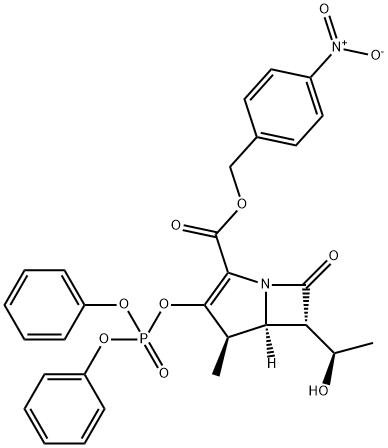

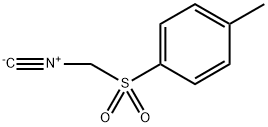





You may like
-
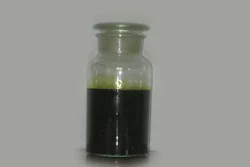 Creosote Oil, 8001-58-9View Details
Creosote Oil, 8001-58-9View Details
8001-58-9 -
 Wood Preservative Grade Creosote Oil, 8001-58-9View Details
Wood Preservative Grade Creosote Oil, 8001-58-9View Details
8001-58-9 -
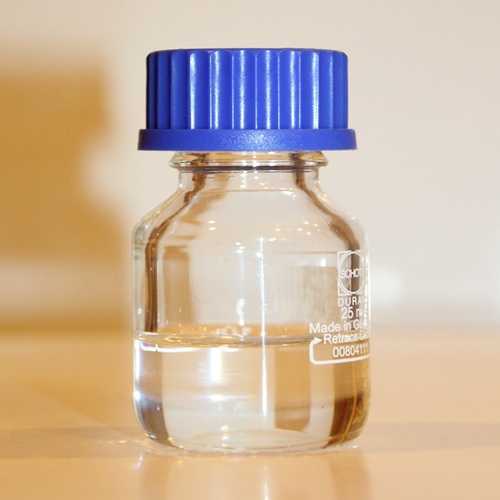 Pyridine 99.5% HPLC /UV SpectroscopyView Details
Pyridine 99.5% HPLC /UV SpectroscopyView Details
110-86-1 -
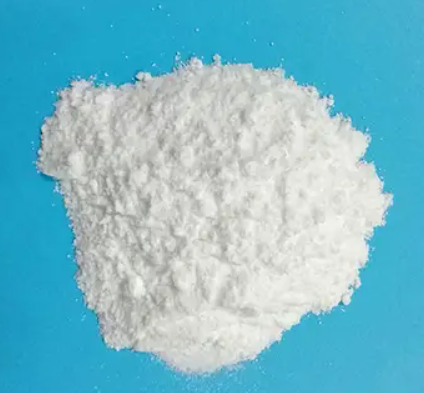 Piperazine Spot supply, best priceView Details
Piperazine Spot supply, best priceView Details
110-85-0 -
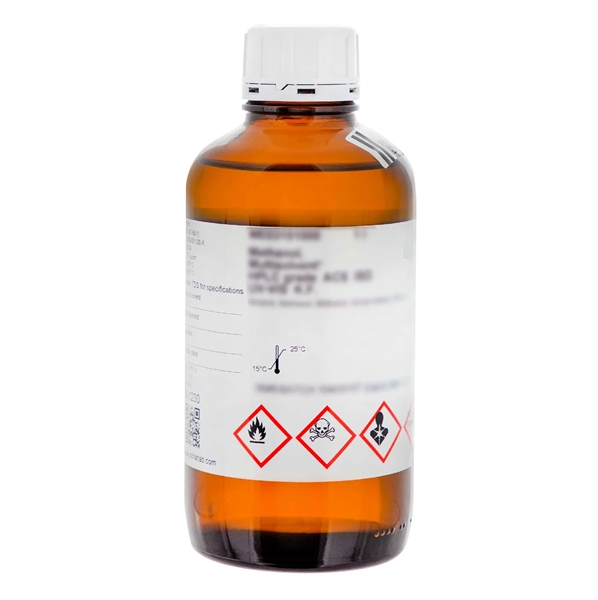 Dibutyl PhthalateView Details
Dibutyl PhthalateView Details
84-74-2 -
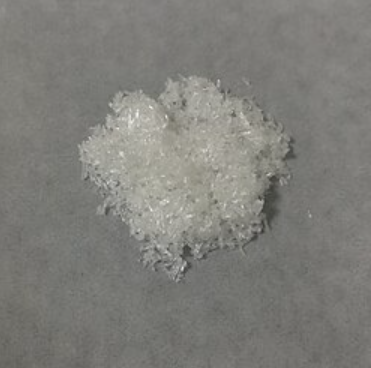 Imidazole Spot supply, competitive priceView Details
Imidazole Spot supply, competitive priceView Details
288-32-4 -
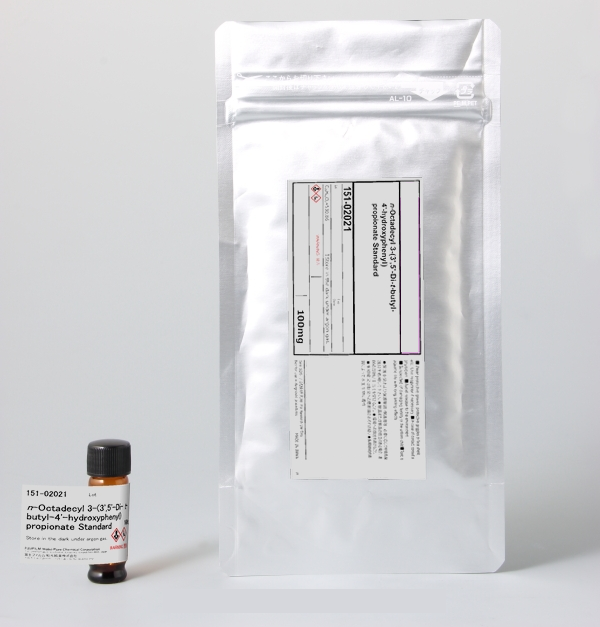 Octadecyl 3-(3,5-di-tert-butyl-4-hydroxyphenyl)propionate 98% (GC)View Details
Octadecyl 3-(3,5-di-tert-butyl-4-hydroxyphenyl)propionate 98% (GC)View Details
2082-79-3 -
 Thiourea 99% ARView Details
Thiourea 99% ARView Details
62-56-6
